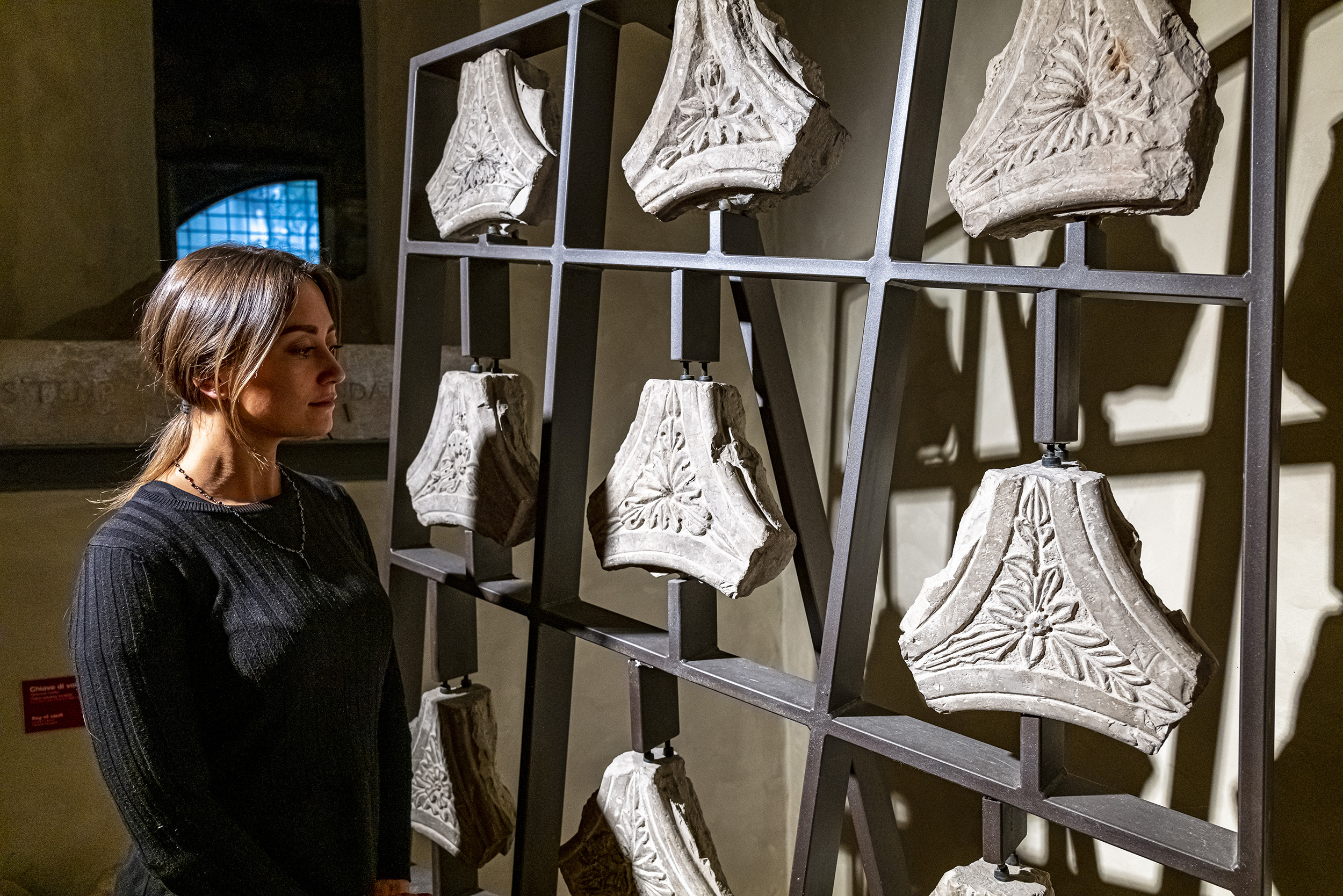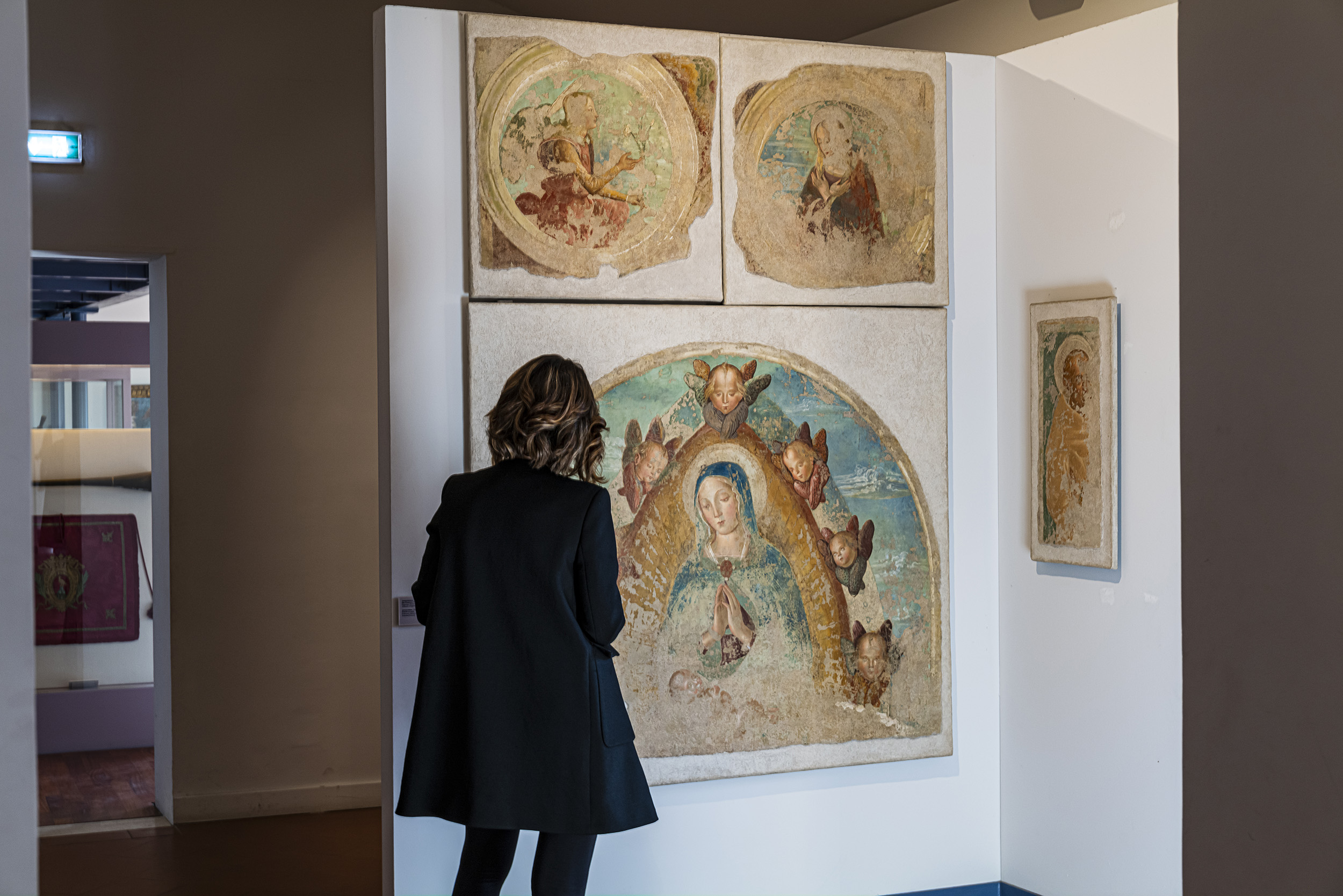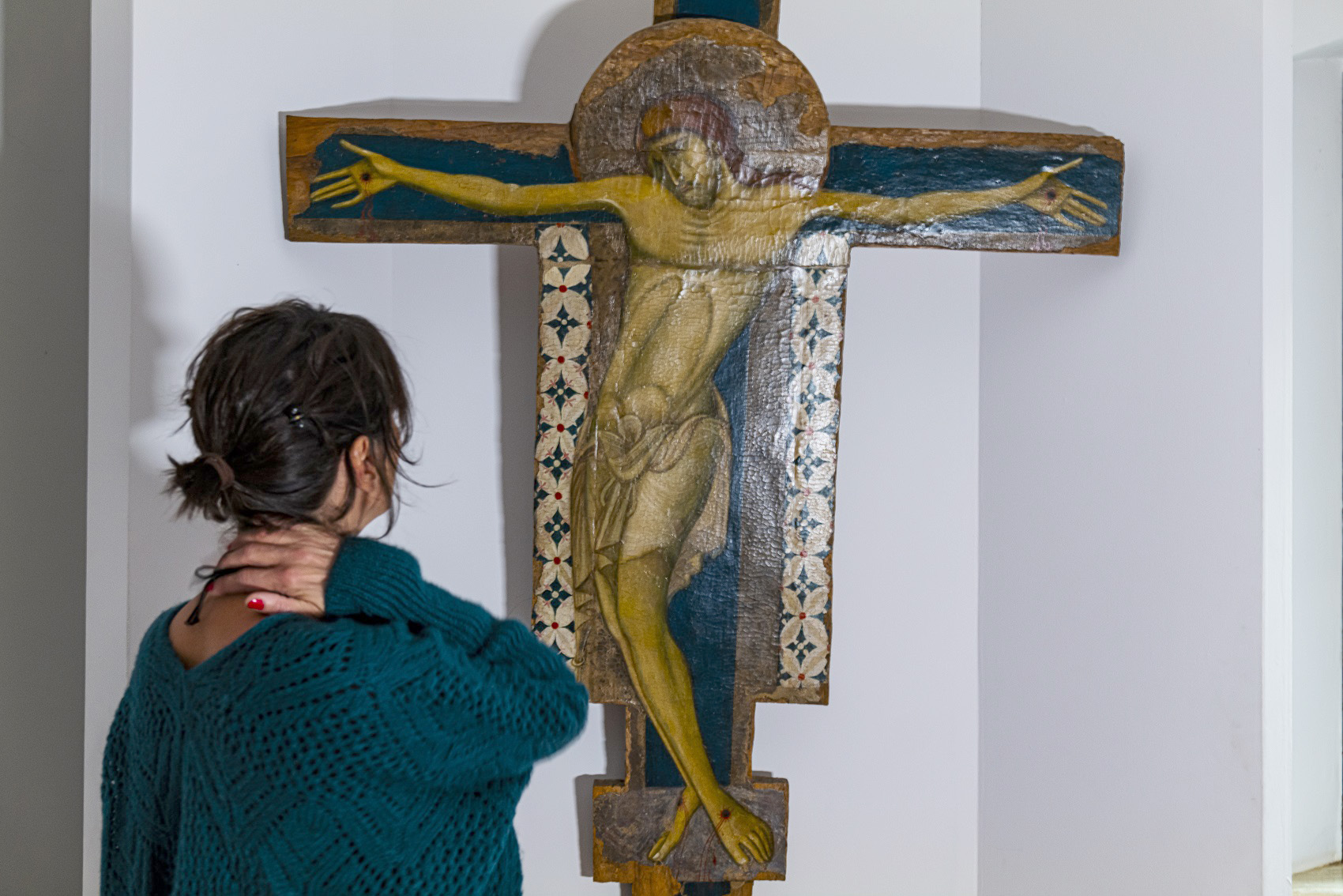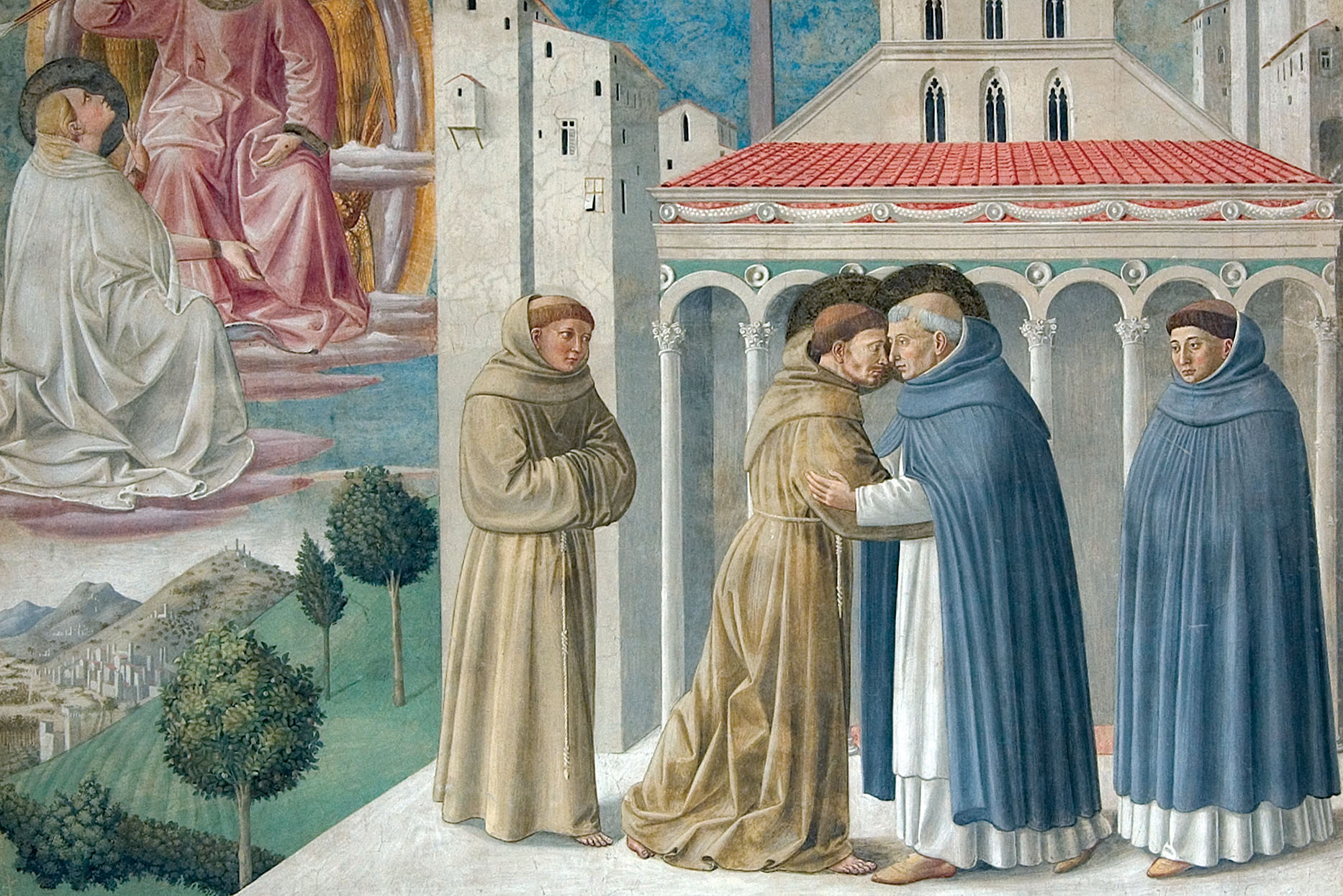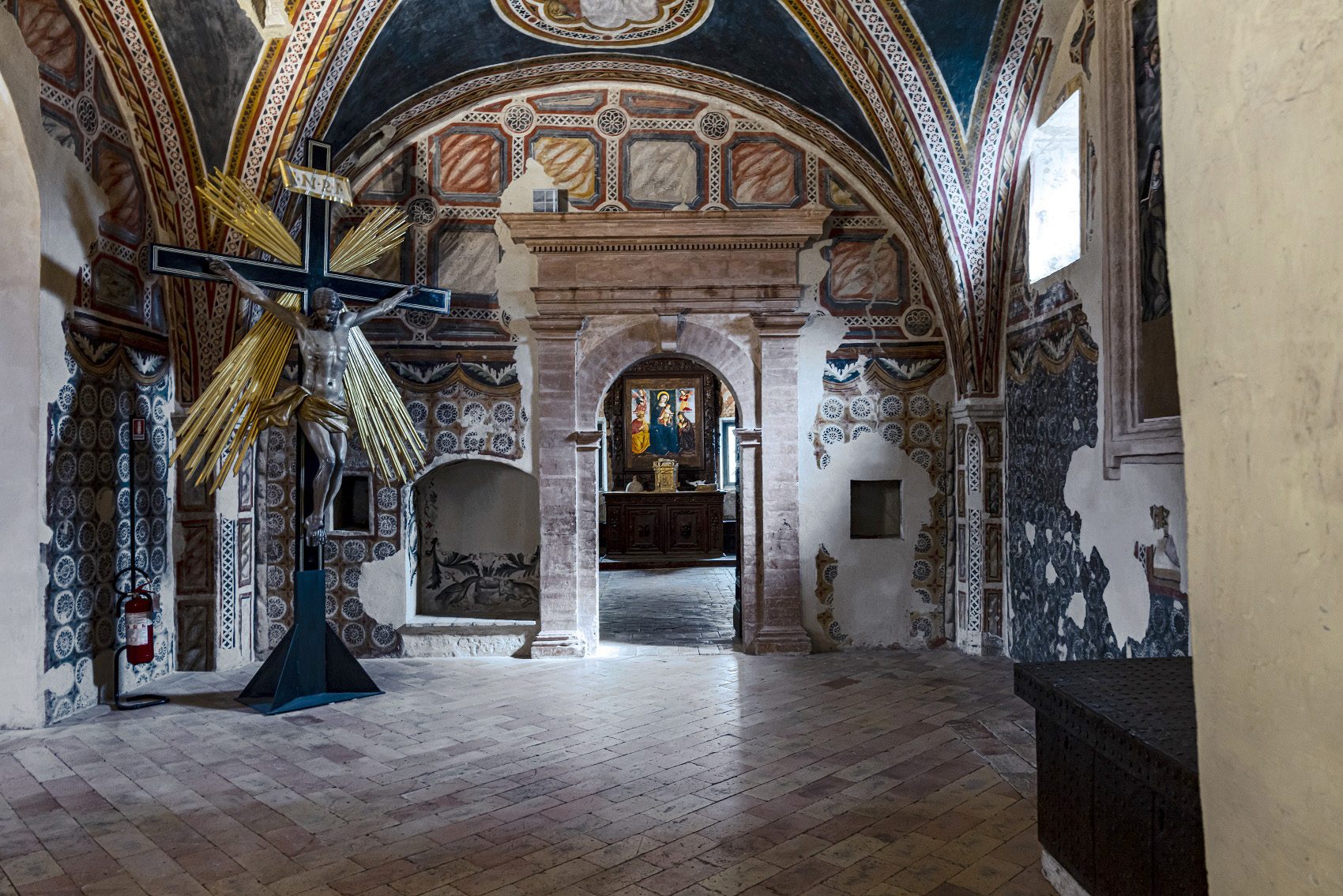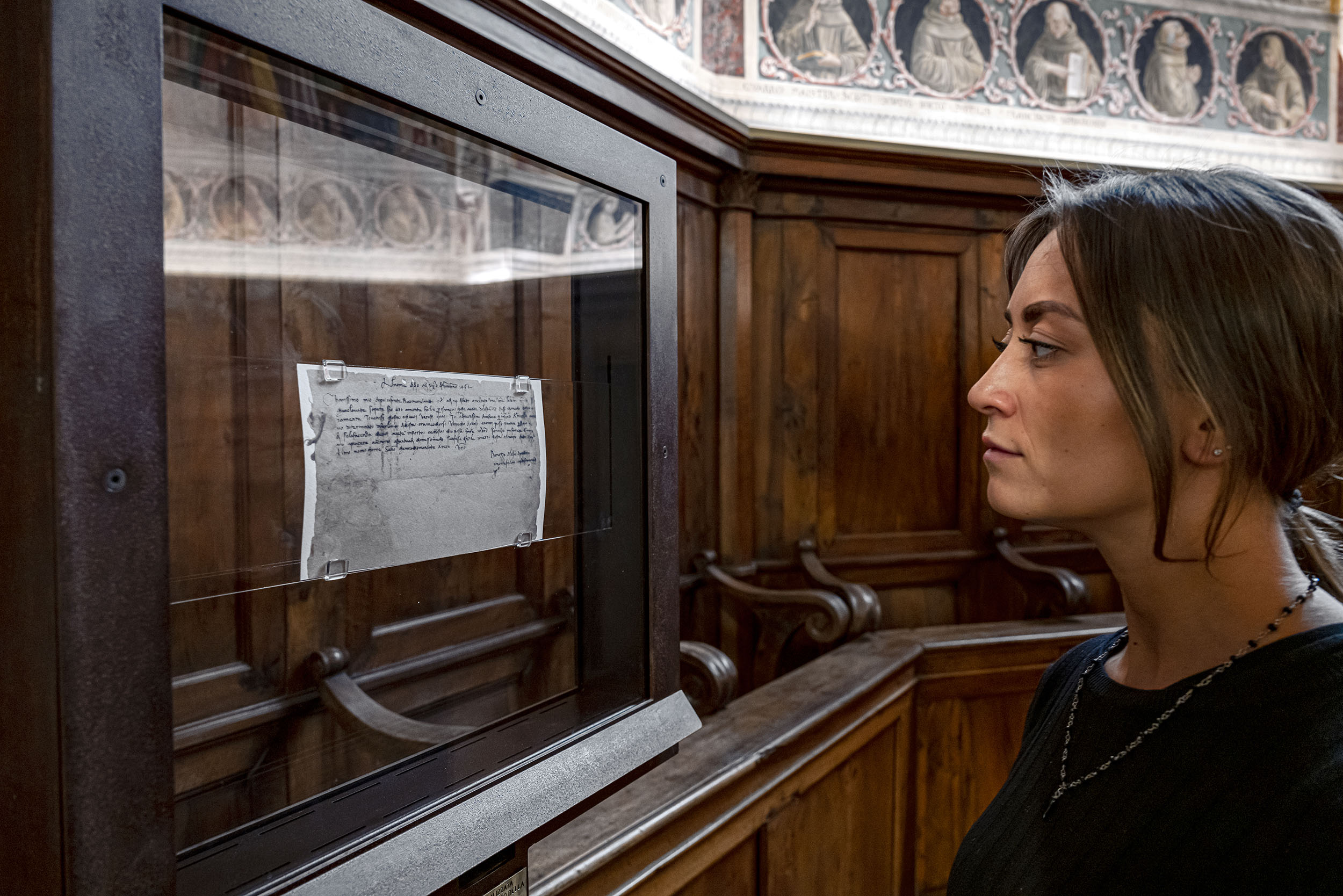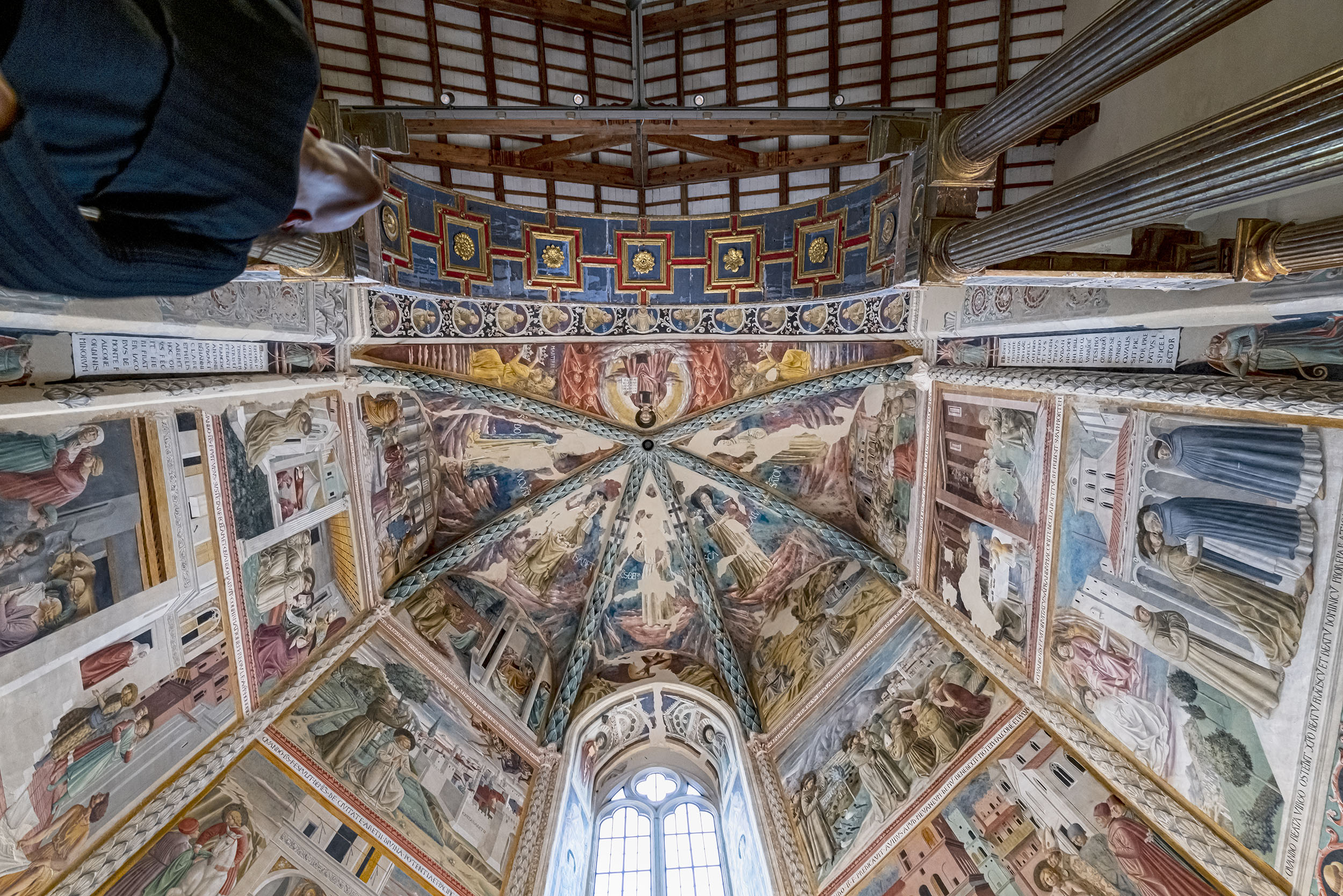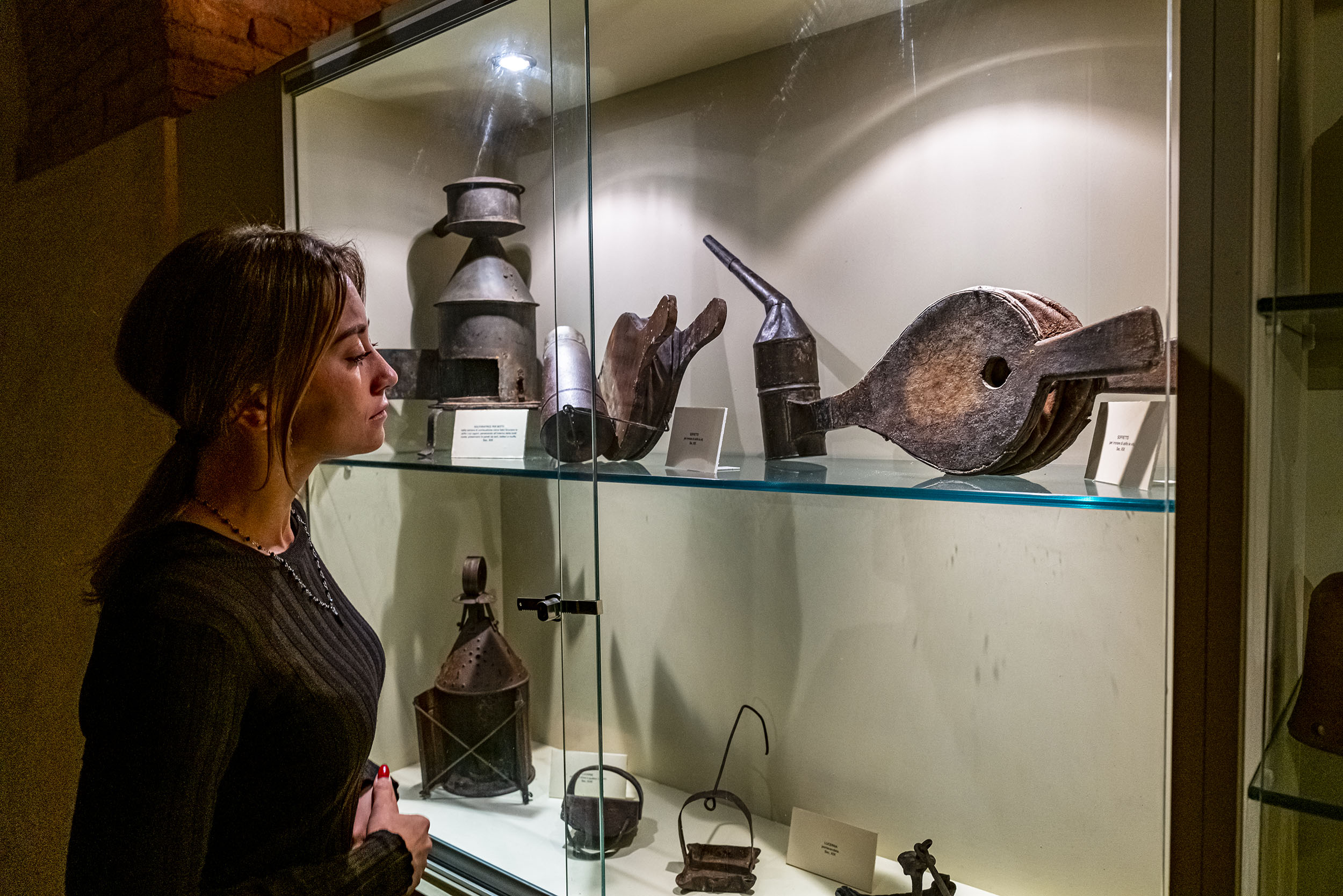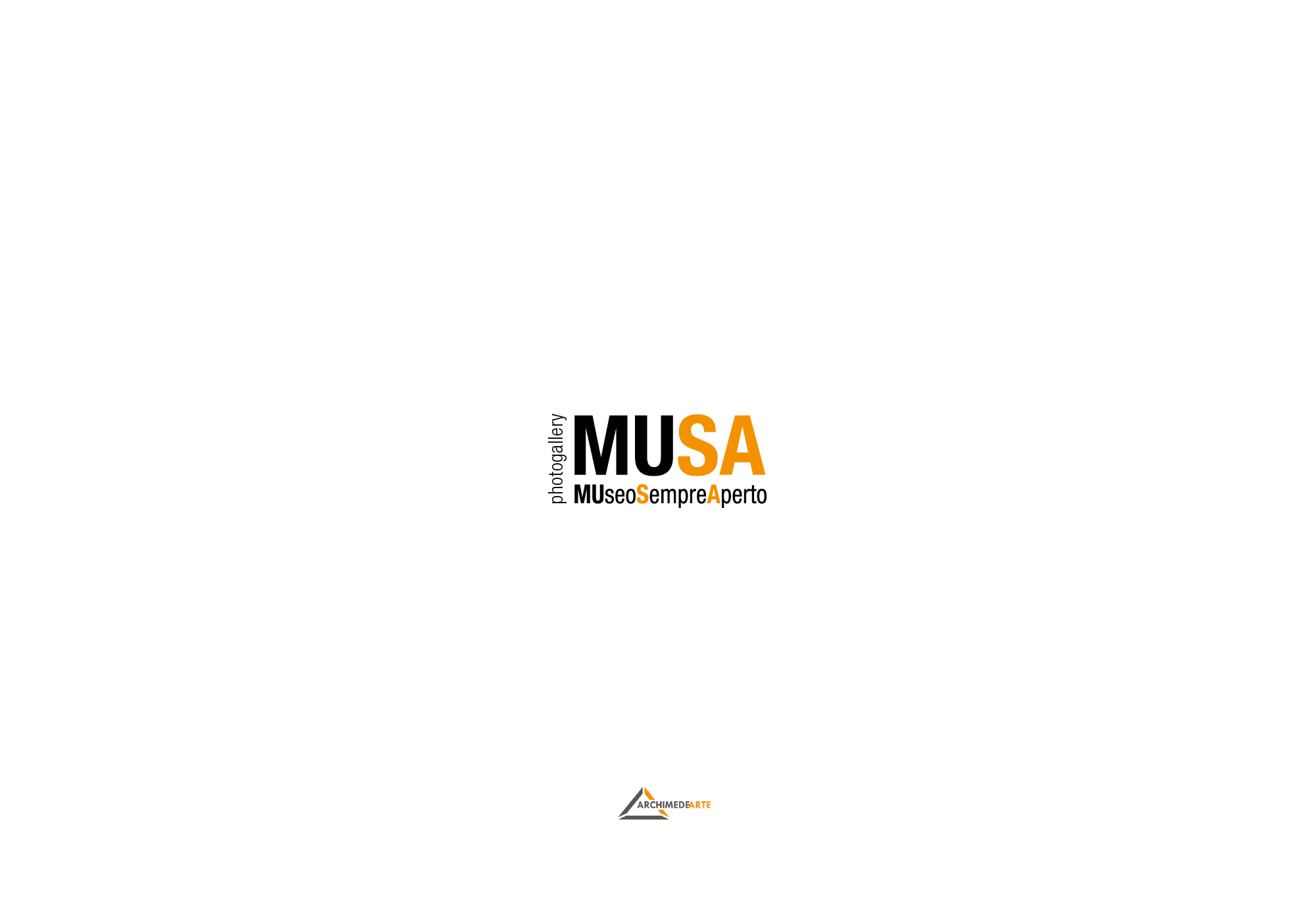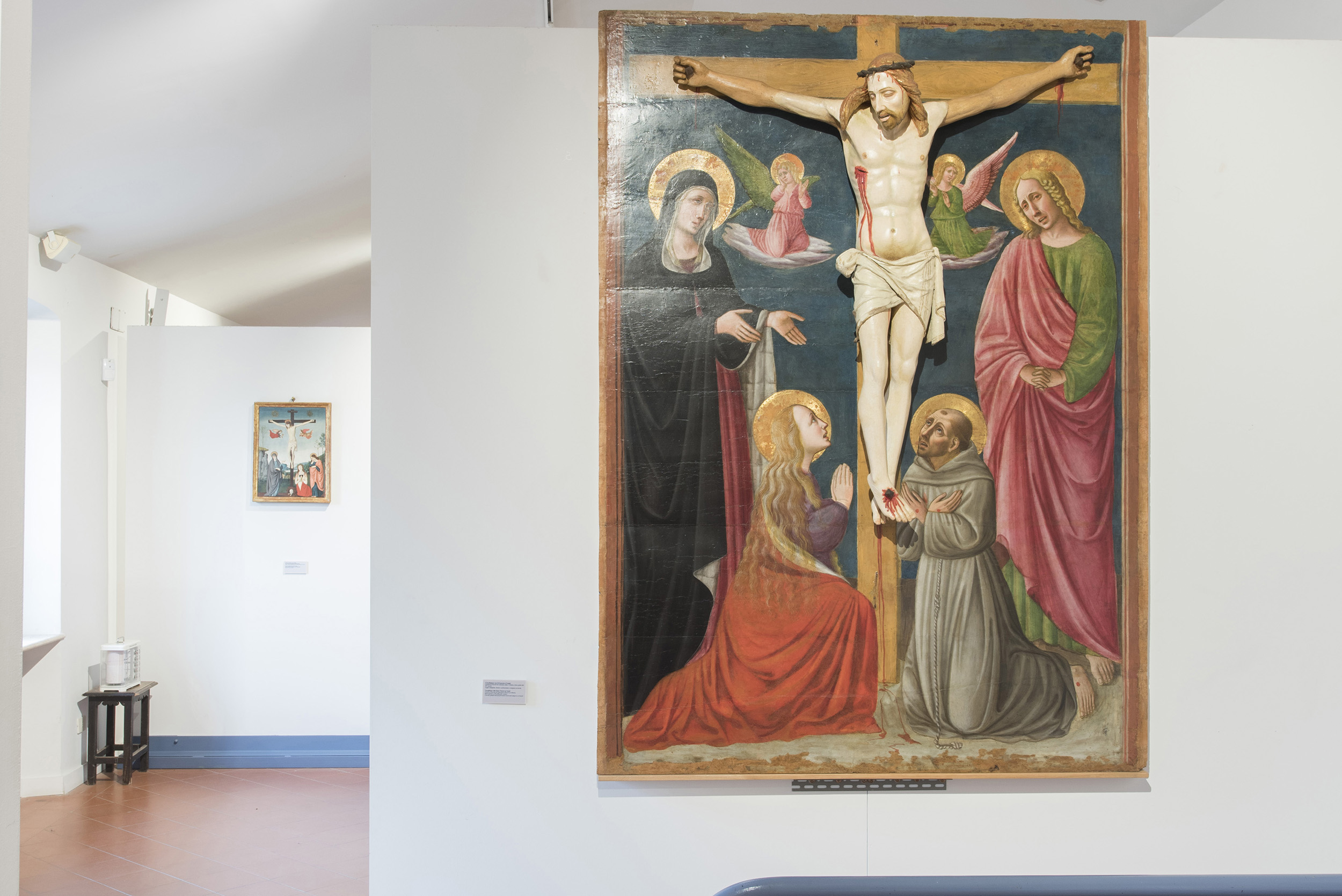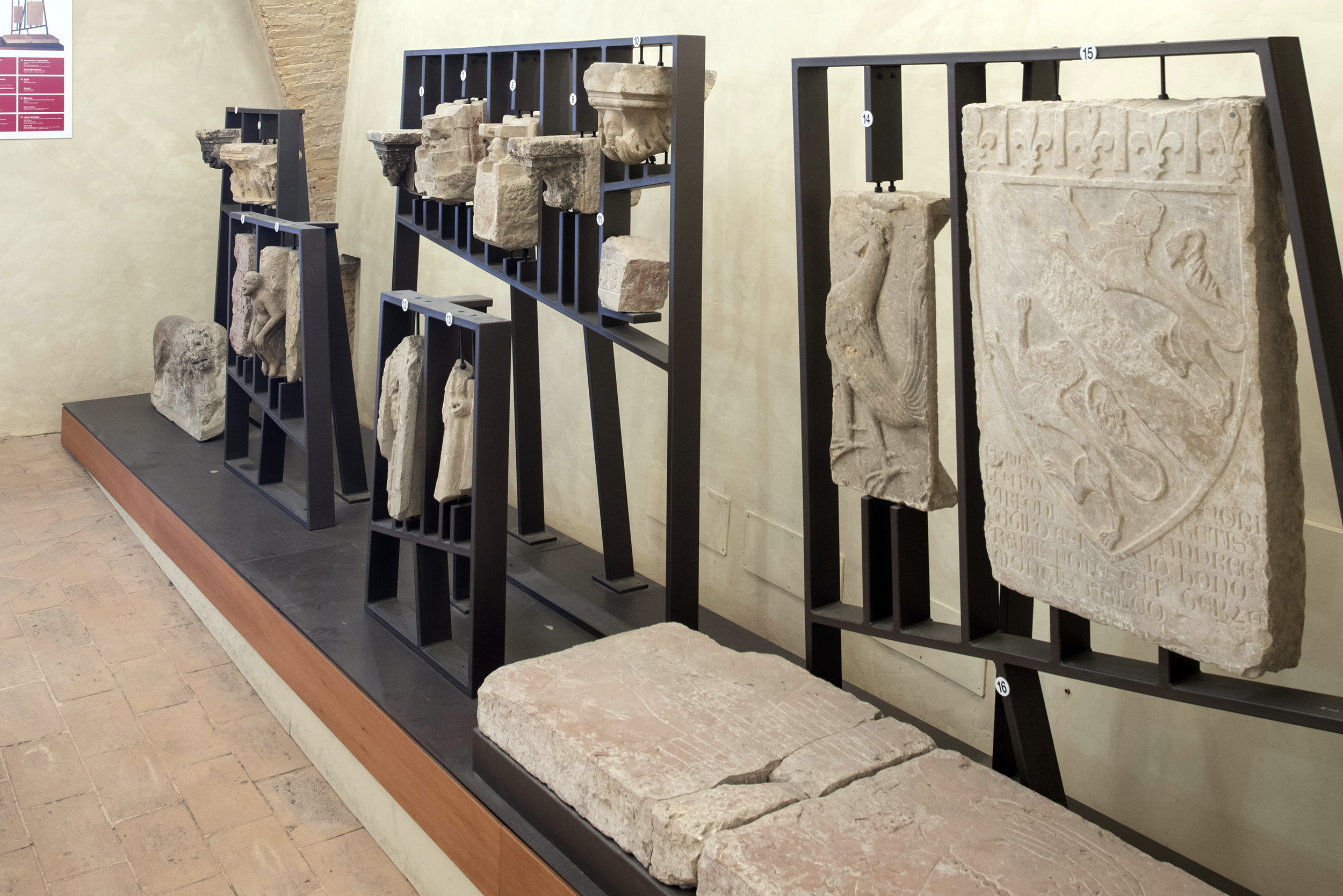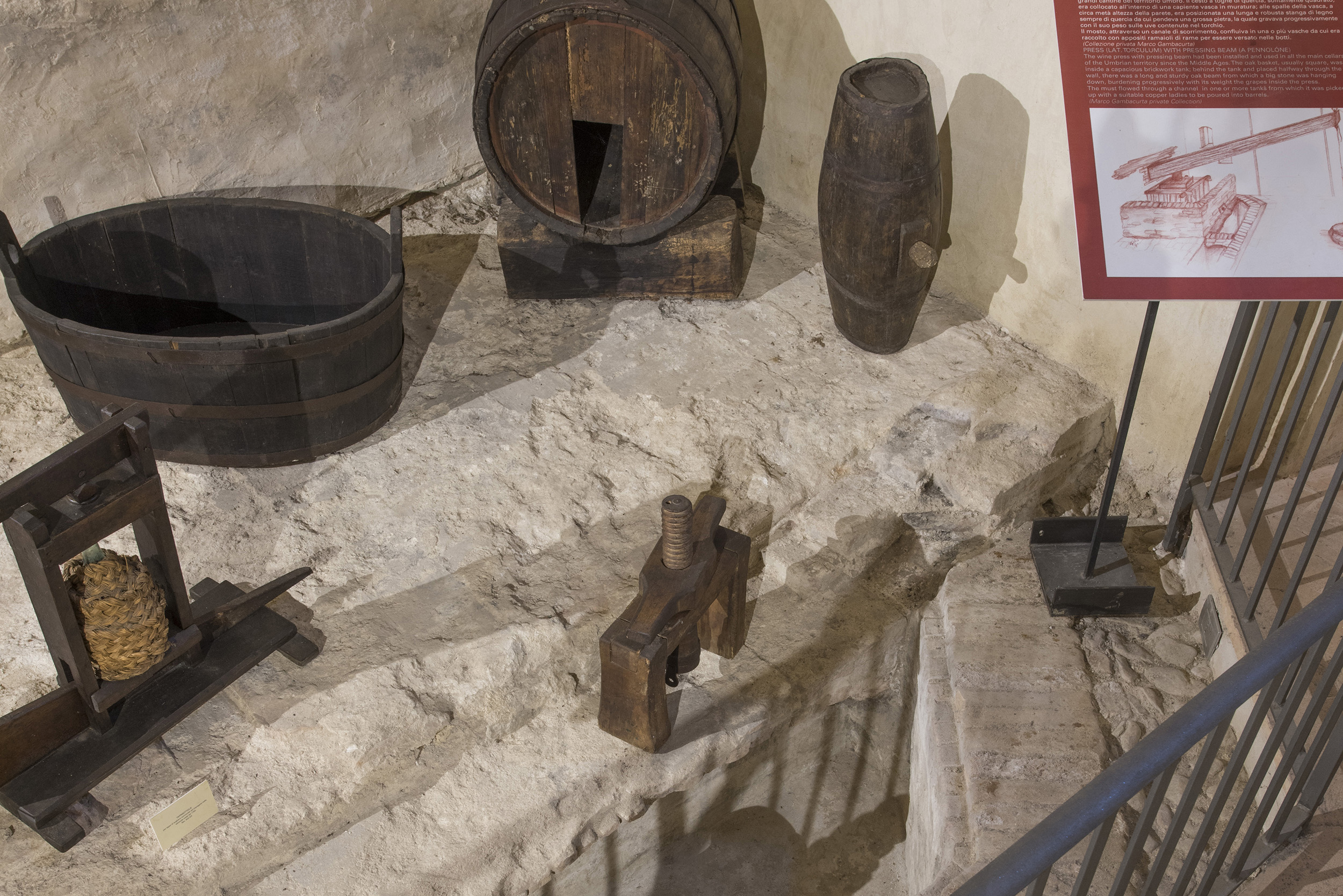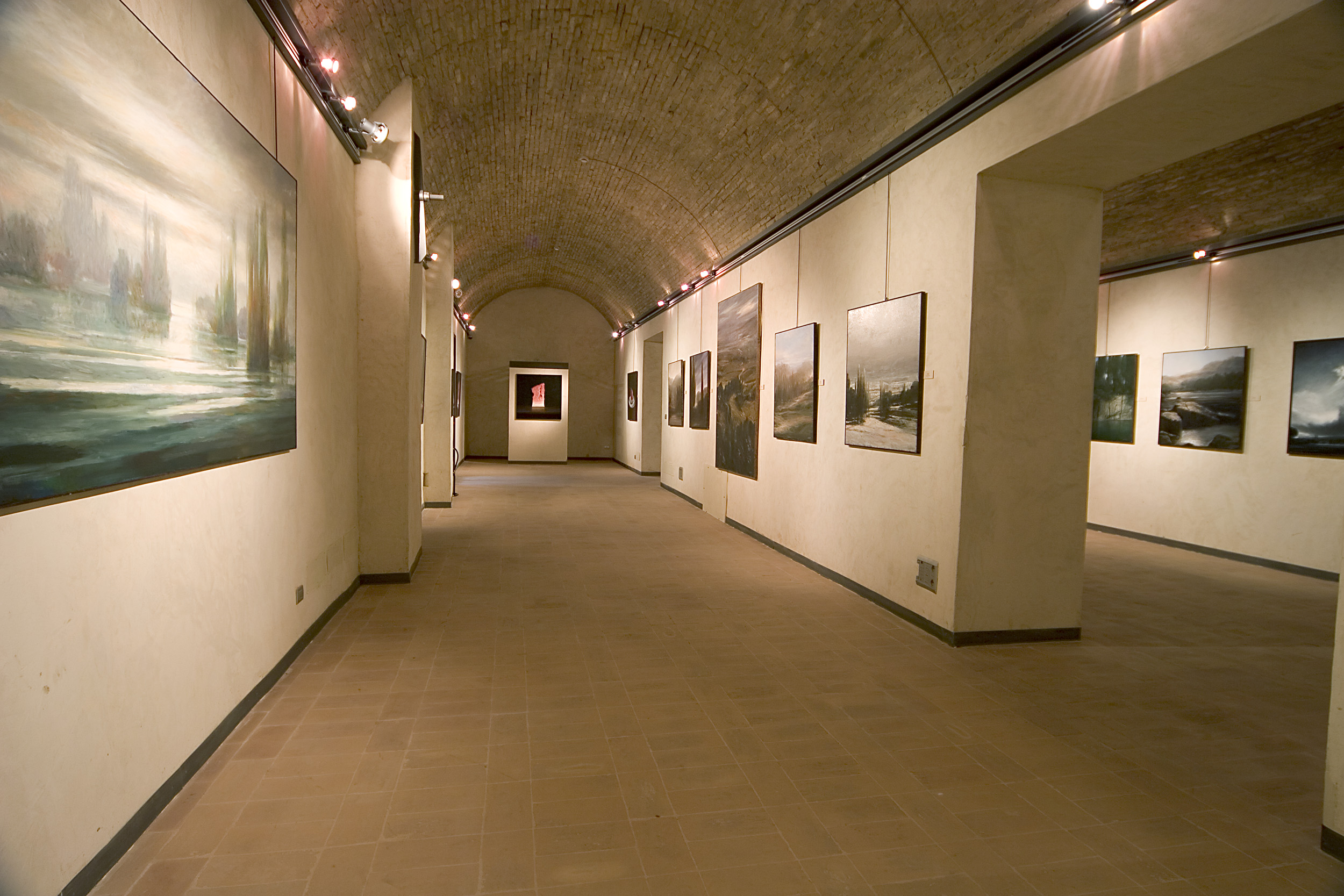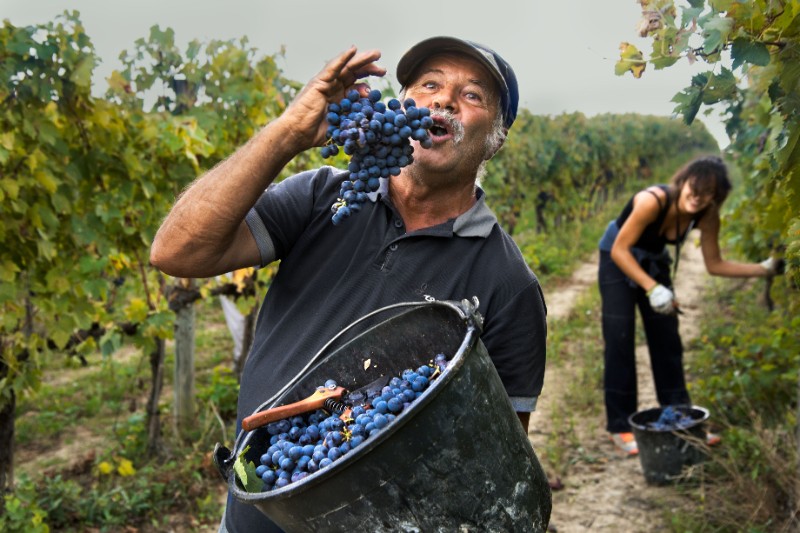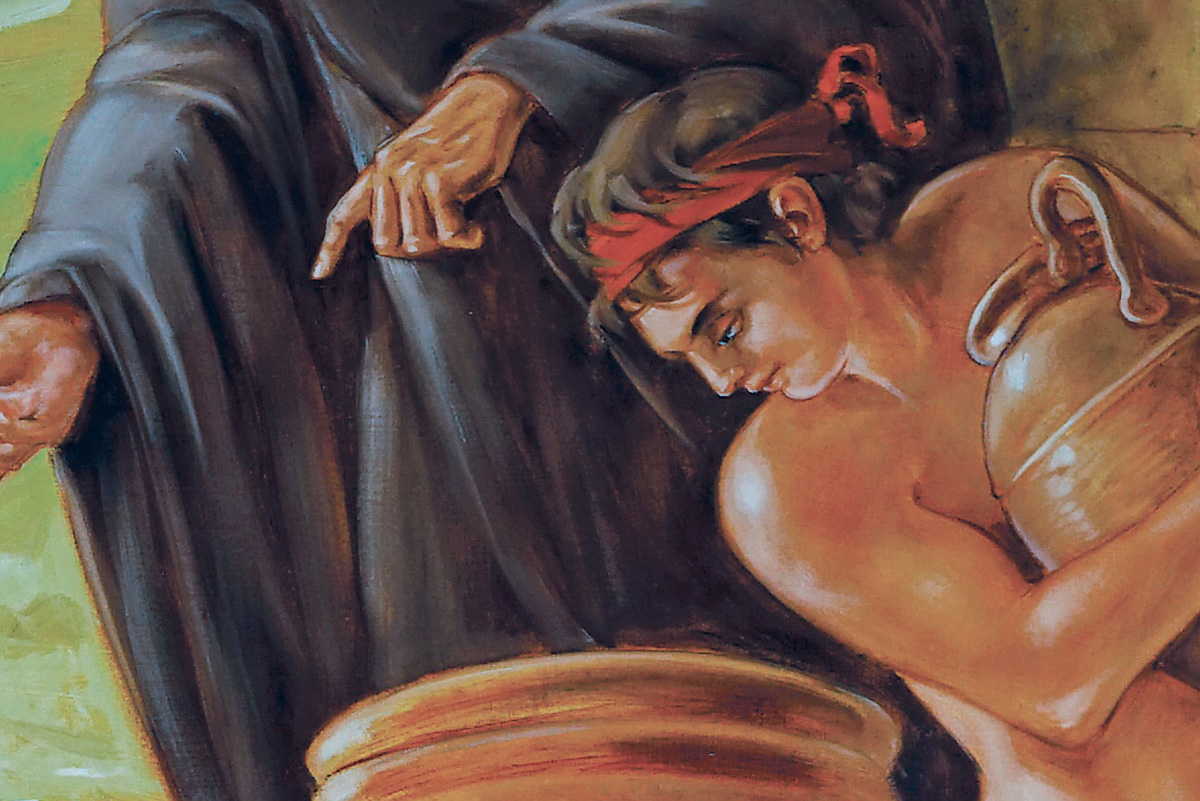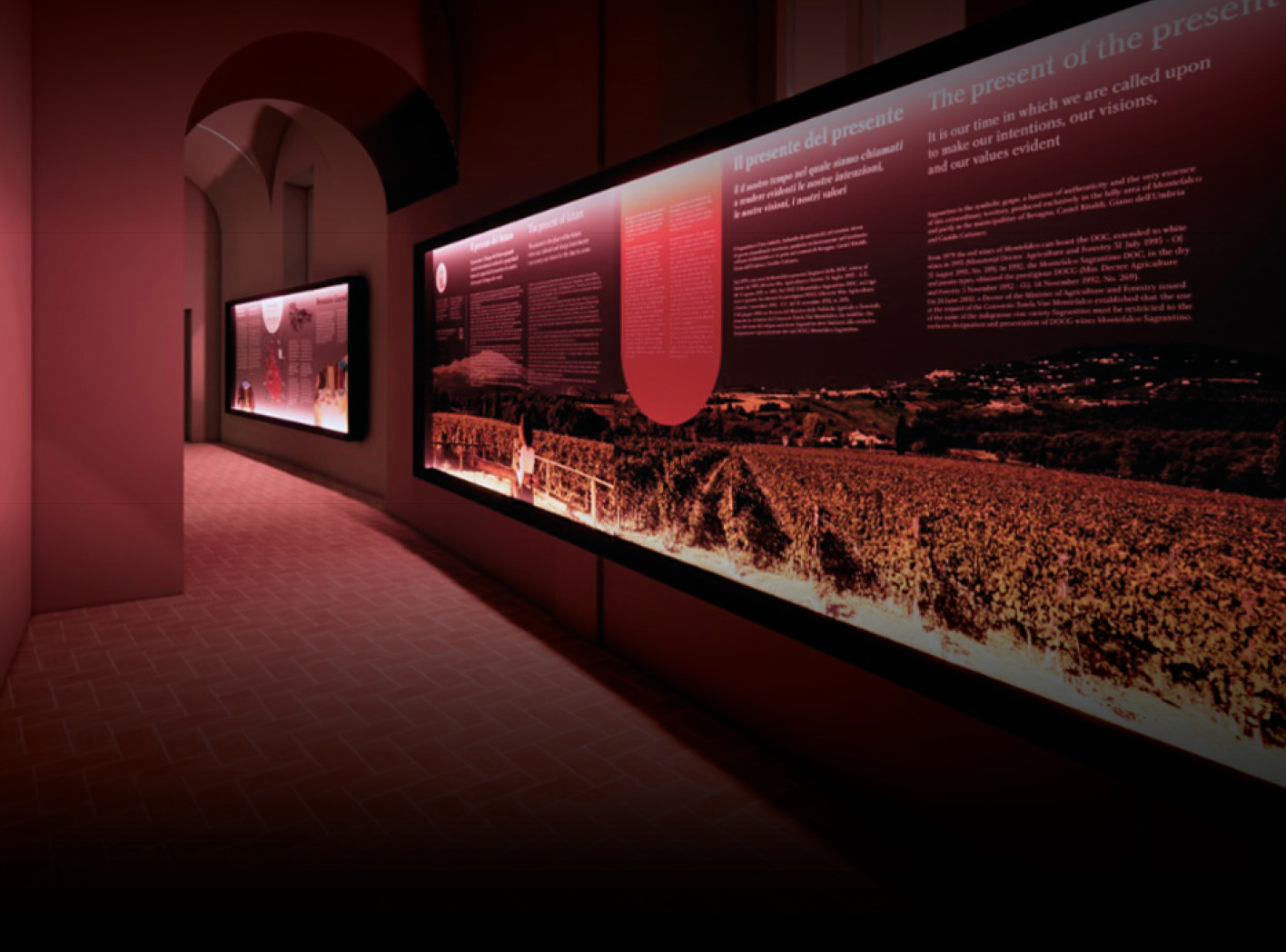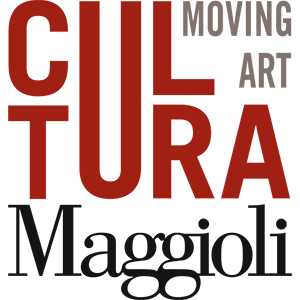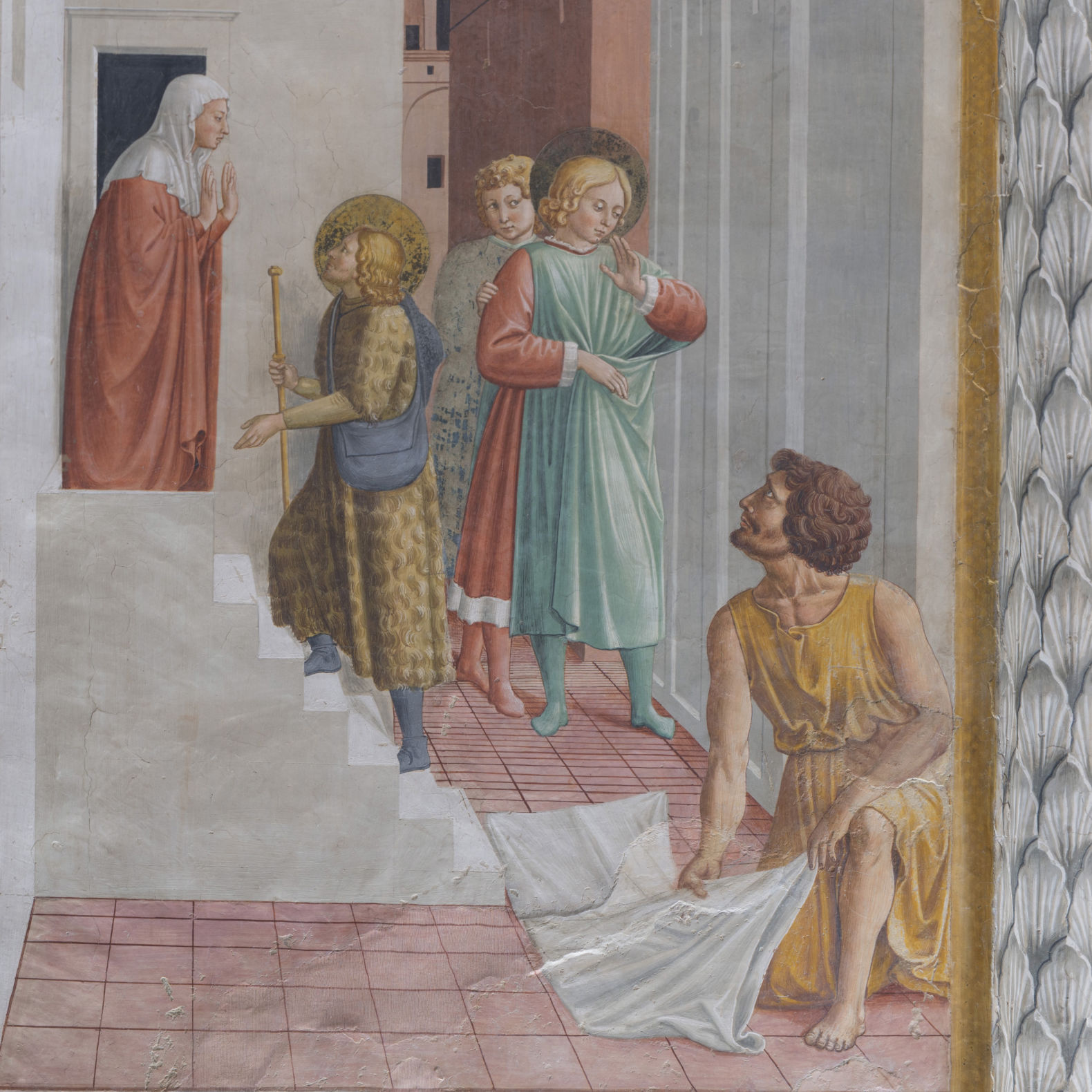
The Museum Complex of San Francesco
The first settlement of Franciscan friars in the Montefalco area dates back to the first half of the 13th century, with the construction of the Church of Santa Maria della Selvetta in Camiano, a small hamlet not far from the old town centre.
Over the years, the friars tried to move closer to the city walls, building a new church dedicated to Saints Philip and James in the area of the belvedere, in what is now Via Ringhiera Umbra.
It was not until 1335 that they obtained a plot of land within the city walls, in the Collemora district, and built the current church, dedicated to the order's founding saint.
The building was completed in just a few years (1335-1338) thanks to substantial donations and testamentary legacies, which the monks used to fund the sumptuous interior decorations and the first nucleus of the monastery. Extension of the dormitory dates to the end of the 17th century when, in order to better accommodate the growing community of friars, a large part of the cloister adjacent to the left side of the church was sacrificed; some of the columns can still be seen in the third room of the old cellars. The Franciscan community remained in the complex until 1861 when, after proclamation of the Kingdom of Italy, the monastery’s assets were confiscated and the friars distanced from their liturgical activities and accommodation; it was subsequently used as a civilian hospital. From as early as the 19th century, the church underwent restoration and maintenance work, designed to preserve its huge artistic heritage. It also housed goods confiscated from religious communities, initially kept in the former church of San Filippo Neri.
